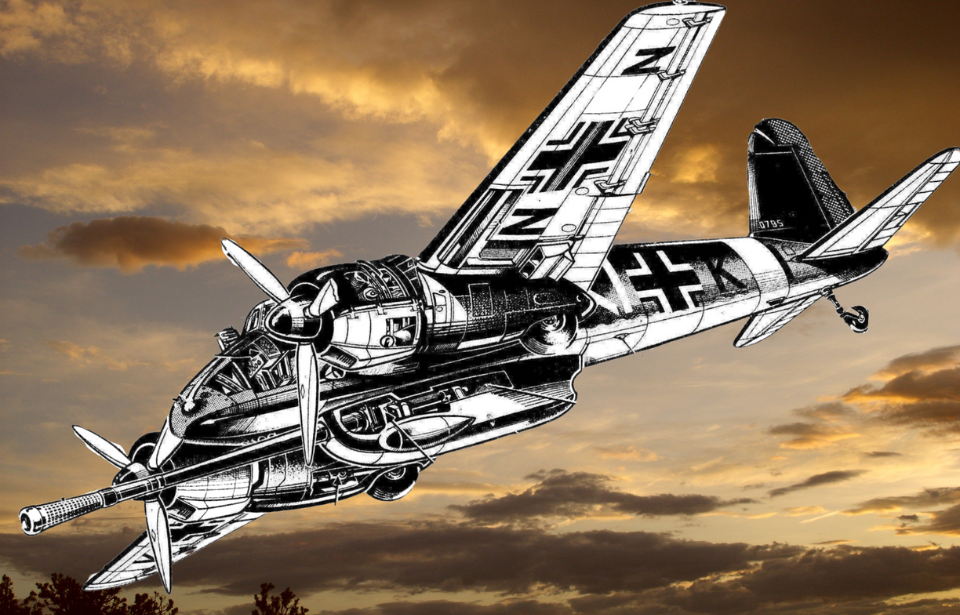As tank warfare evolved and became a key strategy during the interwar period, the German Wehrmacht envisioned a new kind of blitzkrieg – one that would rain down from the skies. Spurred on by the Condor Legion’s success in the Spanish Civil War, the idea gave rise to the Henschel Hs 129, an aircraft designed to be Germany’s ultimate Panzerknacker.
The Hs 129 was intended to be a tank-hunting, close-support aircraft. Despite being flown by record-breaking aces, including Rudolf-Heinz Ruffer, who destroyed 80 tanks, the Hs 129 didn’t quite live up to its potential, struggling to make a significant impact during World War II.
Developing the Henschel Hs 129
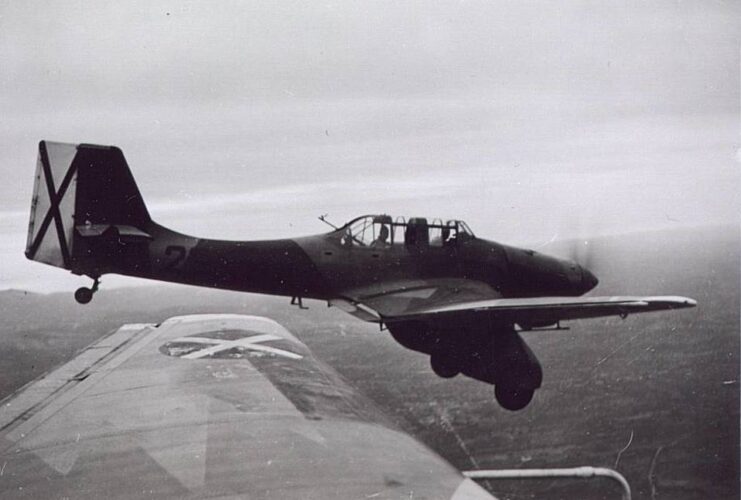
The Henschel Hs 129’s hurried introduction to the battlefield was plagued by problematic design choices and requirements. Its development was slow, production was filled with complications and it was never manufactured in sufficient enough numbers to decisively influence the war.
It wasn’t the best option, but it was the cheapest
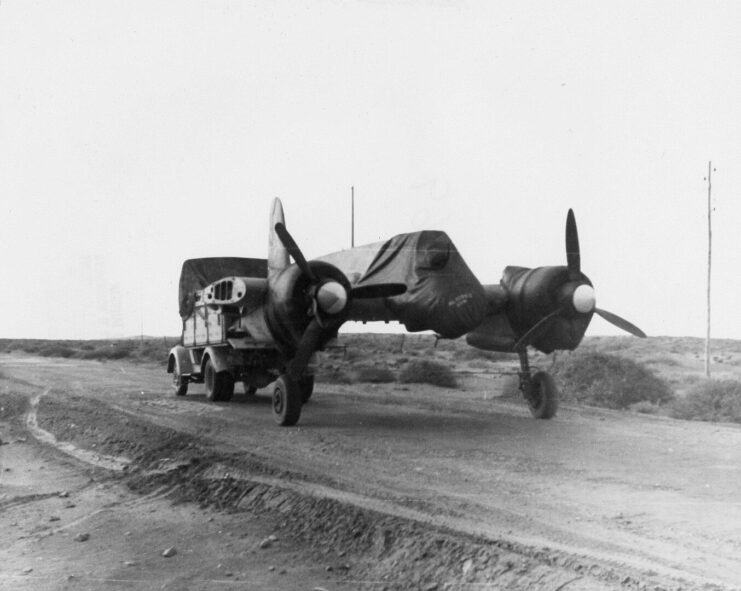
The first prototype of the Henschel Hs 129 took to the skies on May 26, 1939. Despite several modifications and surviving a crash landing, the aircraft was underwhelming with its low power and poor visibility. However, it was significantly cheaper than Focke-Wulf’s design, prompting the RLM to continue with the project.
Despite its flaws, the Henschel Hs 129 was admired by pilots
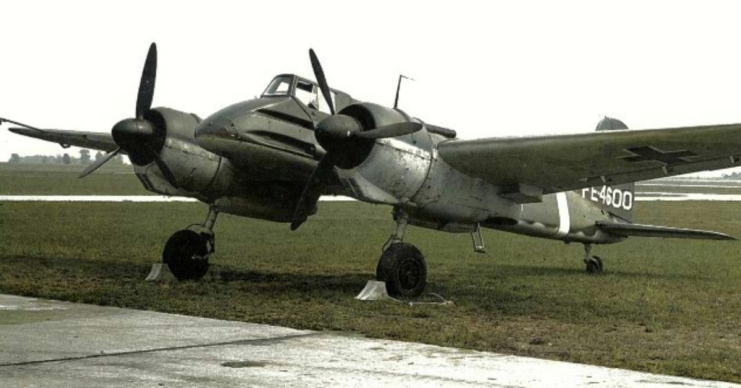
By July 1943, with the fall of Tunis and subsequent withdrawal of German forces from North Africa, the Henschel Hs 129’s deployment in the region ended. Production constraints also meant the aircraft was never available in sufficient numbers to significantly impact any major campaign.
The Hs 129 was transferred to the Eastern Front, where it was expected to excel as a tank buster. There, it faced new challenges, with the Soviets’ aforementioned abundance of tanks and anti-aircraft guns posing a serious threat to the low-flying aircraft. Despite these obstacles, it performed well in its designated role.
The Hs 129’s potential was stymied by its inherent flaws and deployment circumstances. Even so, it was admired by many pilots. The aircraft, nicknamed the “German Warthog,” was commended for its near-indestructibility, thanks to its heavy armor and bulletproof glass. However, this safety feature also proved to be a performance hindrance. The Hs 129 struggled to ascend after a dive, had a slow climb rate and required an extended runway for takeoff.
Henschel Hs 129 variants
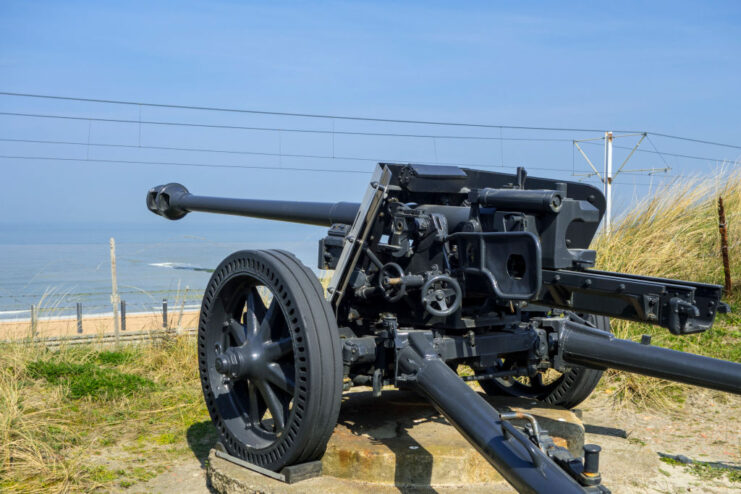
The Henschel Hs 129 underwent several iterations, each presenting unique features and challenges. The B-1, equipped with a MK 101 cannon, provided an effective tank-busting capability. However, it was the B-2 that became the most well-known. Despite its enhancements, it struggled to overcome the aircraft’s inherent performance and visibility issues. The only difference between the two was modifications to the fuel system.
Lack of impact
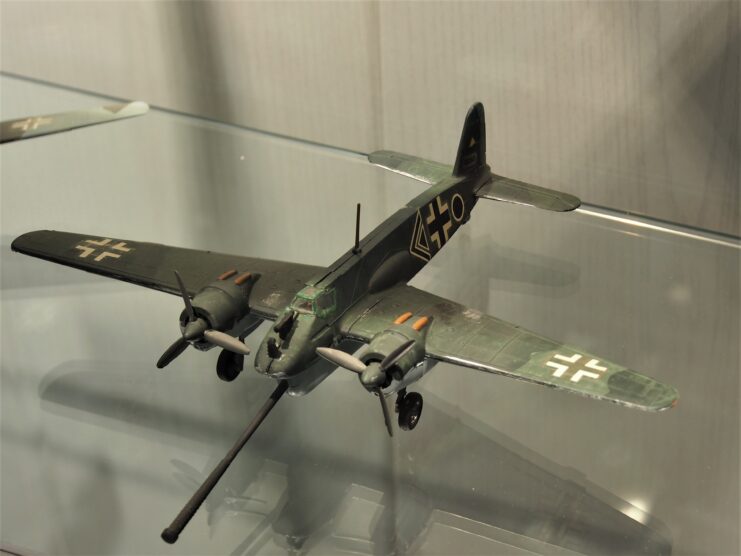
By the end of the Second World War, only a handful of Henschel Hs 129 aircraft remained operational. The majority were lost to enemy fire, mechanical failures, or were abandoned due to a lack of spare parts and maintenance.
Despite its troubled history and missed opportunities, the Hs 129 remains a remarkable chapter in the history of World War II aviation. It symbolizes the trials and tribulations of German wartime aviation, and is an embodiment of remarkable ingenuity, adaptability and perseverance under the duress of war.
